A comparison of the best Italian fighter planes in the Second World War
Italian aircraft design: a look behind the scenes
It would not be doing the Italian aircraft designers justice to judge their achievements as designers according to the number of kills achieved by their products.
For make no mistake—the Italians knew how to build aircraft. Where they really struggled was with aircraft engines. The key to remedying this shortcoming was with the importation and the construction under licence of the Daimler-Benz DB 601 A1 engine. The result was the first Italian fighter which was competitive to any degree, the Macchi C.202 Folgore.
The agile Folgore had a maximum speed of 370 mph and was therefore a very worthy rival to the Hawker Hurricane, P-40 Kittyhawk, P-38 Lightning, P-39 Airacobra or even the Supermarine Spitfire Mk. Vb. However it was no match for the more modern Mk. VIII or Mk. IX Spitfire as was also the case when compared to the P-51 Mustang. Particularly so since its armament was rather meagre (two 12.7 mm Breda SAFAT machine guns, and two 7.7 mm Breda SAFAT machine guns which were fitted as standard but usually removed, since as early as 1943 they had proved ineffective against armoured air targets). These fighters made their first appearance in the sky at the end of 1941 and within a year it contributed the lion’s share of the fighter aircraft in the Regia Aeronautica. The Me 109 G-6 was the superior aircraft, at least in respect of its armament. At the approach altitude of American four-engined aircraft—26,000 feet—the Folgore was unable to compete. The technicological advances made by the Italians, the Allies and Germans later made it obsolete.
The series 5 fighters: diversity in development
The availability of the new Daimler-Benz DB 605 A-1 engine, manufactured by Fiat under licence as the RA.1050 R.C. 58 Tifone, which produced 375 bhp more power, increased the expectations and also the scope of the Italian designers. Three Italian aircraft manufacturers were commissioned to develop the “series 5“ fighters, named after the final digit of the 1,475 bhp German engine.
Deployment and deliveries from February 1943
Macchi C.205 Veltro
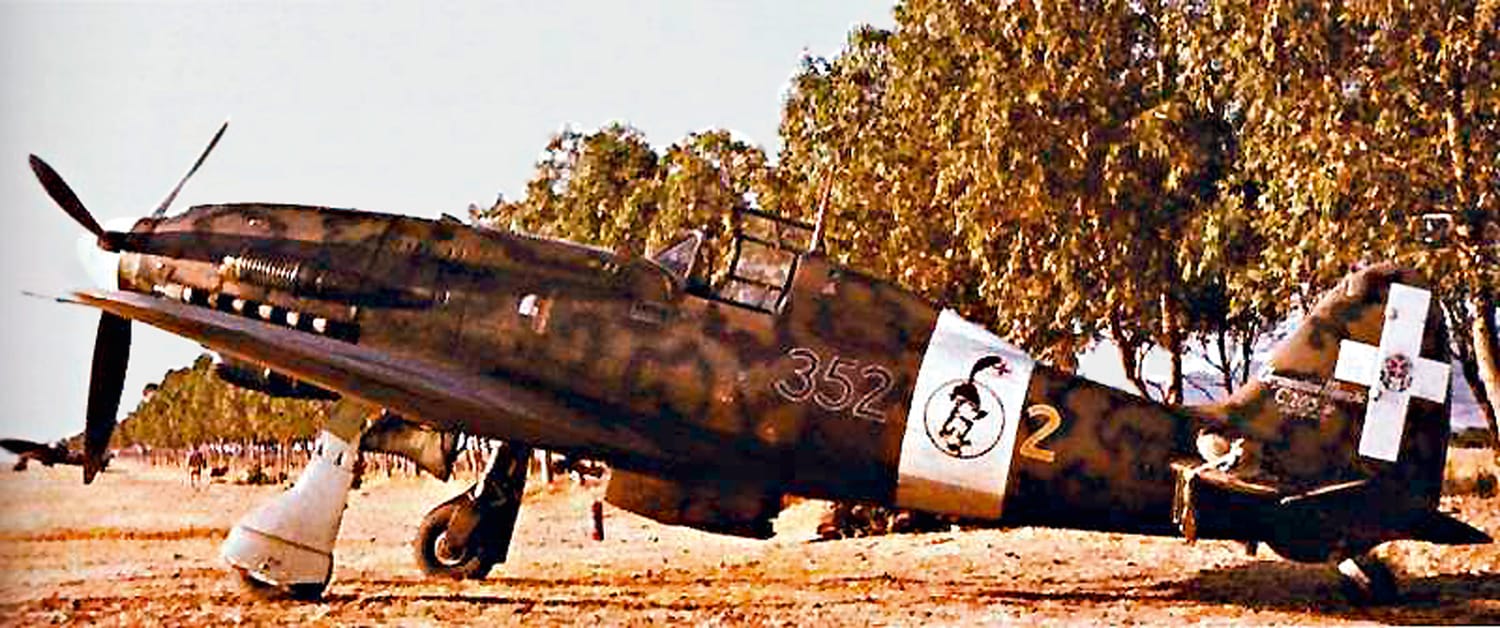
The successor of the Macchi C.202 Folgore (“lightning“) was the C.205 Veltro (“greyhound“). The Veltro was a powerful fighter, but—similar to the Folgore and also German models—it had relatively small wings. This lessened aerodynamic drag but resulted in a high wing loading. This led to a deterioration in the aircraft’s performance at high altitudes. It was very good at low to medium heights, but fell off in combat at higher altitudes, just like the Folgore or the Focke-Wulf 190.
Nevertheless the Macchi C.205 was now equipped with two Italian 12.7 mm Breda SAFAT machine guns in the engine cowling and two 20 mm German cannon (MG 151/20s) in the wing roots and was, therefore, at last competitively armed. This aircraft was delivered from February 1943 and employed by the Regia Aeronautica together with the C.202 Folgore in the same squadrons.
At the time the Italians ended their alliance, the Regia Aeronautica had taken delivery of 177 aircraft, 66 of which were still operational on 8th September 1943.
The pilots of these fighter aircraft, which had a maximum speed of 399 mph, performed with credit, but it would be an exaggeration to describe them as successful. Thus, for example, the Italian reported kill tally frequently tended to involve aircraft which had only been damaged, and therefore there was often a conspicuous disparity between them and the documented allied losses.
Two examples are given to illustrate this point. On 20th April 1943 an Italian formation of 24 Macchi C.205 Veltros and nine Macchi C.202 Folgores of 1° Stormo attacked a lower flying formation of Spitfires of 1, 92, 417 and 601 Squadrons twenty or so miles west of the island of Pantelleria. The majority of these were Spitfire Mk. Vbs, but a few of them were the more modern Mk. VIII and MK. IX variants.
Dogfight Macchi´s against Spitfires
The 33 Macchis took advantage of their higher altitude and approached at speed, at the same time failing to spot the British and South African escort lurking in wait higher above them. The Poles of 145 Squadron instantly dived on the Italians, who were now unexpectedly having to deal with some 60 opponents. According to the Macchi pilots the result was the downing of 15 Spitfires, while the other side claimed to have shot down eleven Macchis.
In actual fact not a single Spitfire was lost and the Italians incurred only three losses.
The claims and kills were no less compatible on 2nd August 1943, when an American PBY Catalina flying boat went searching for downed allied pilots near Sardinia. The flying boat was surprised by the Italian pilots of 51° Stormo, while it was on the surface of the water. However, it was not exactly plain sailing for them since the Americans had an escort of no less than twelve P-38 Lightnings with them.
The Lightnings sprang to the Catalina’s defence and claimed the certain downing of three Italian Macchi C.202s and/or C.205s. In fact only one C.202 Folgore failed to make it home. In return the Italians claimed to have shot down all twelve Lightnings over the Mediterranean and to have “sunk“ the flying boat. Corresponding to the Italian report the Americans indeed lost the Catalina. At the time they already knew that the crew had been picked up by a speedy British ship, with the exception of one fatality, as all twelve P-38 Lightnings safely touched down on their airfield.
Reggiane Re.2005 ‘Sagittario’: A sophisticated fighter aircraft
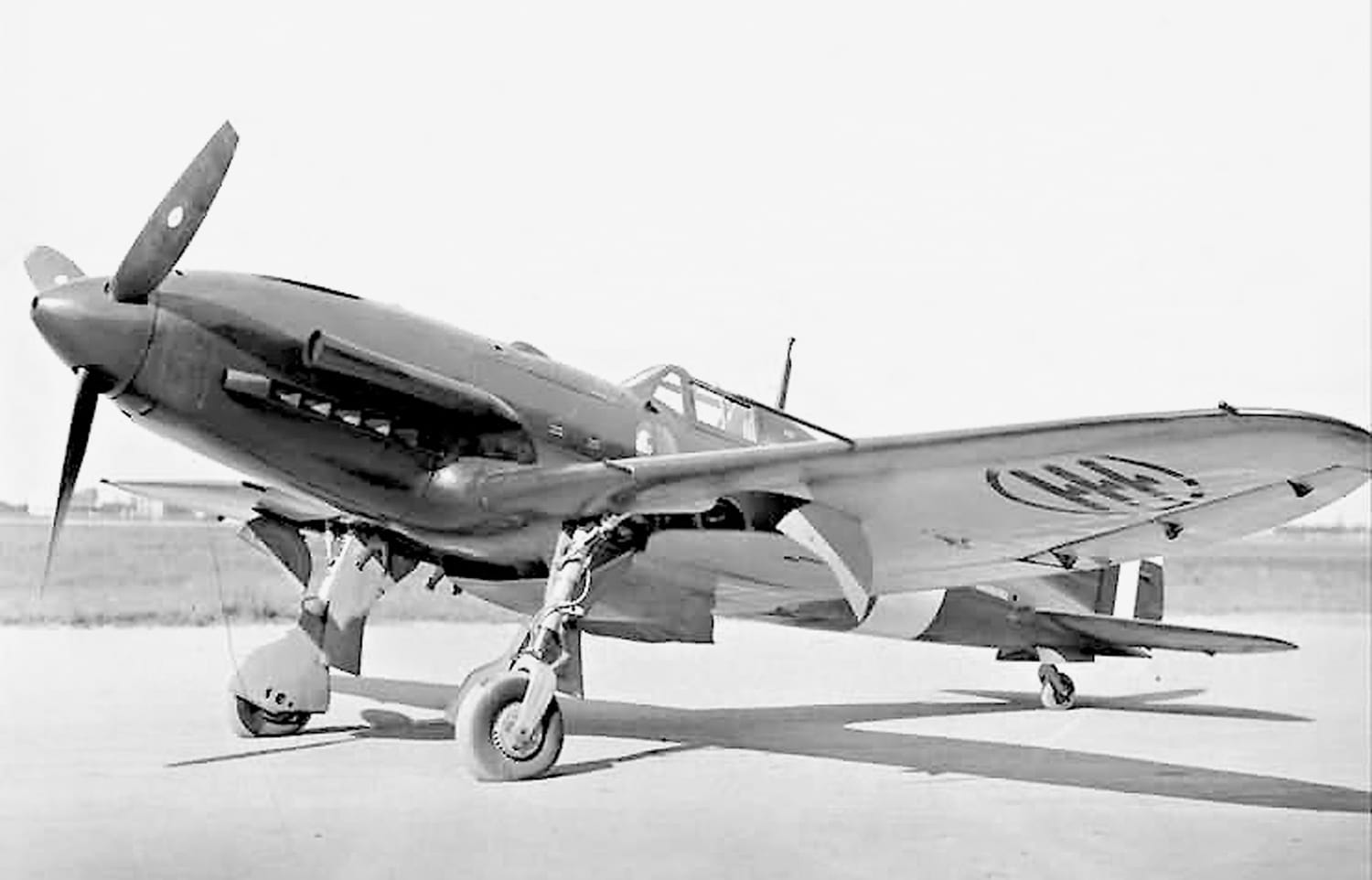
Only 48 of the Reggiane Re.2005 Sagittarios (“archers“) ever came into production, which was very much a matter of regret since it was a very interesting, highly competitive fighter aircraft. Its baptism of fire was on 2nd April 1943 and the Sagittario came through the test rather well.
The Re.2005 had an extremely sophisticated semi-elliptical wing design and a very small rear fuselage. However, the structure of the airframe was not particularly robust. The fighter aircraft was very well armed, being equipped with two Italian 12.7 mm Breda SAFAT machine guns in the engine cowling, two German MG 151/20 mm cannon in the wings and another which fired through the propeller hub, as was the case with the Messerschmitt Bf 109. Because of the relatively small fuselage the quantity of ammunition available for the armament was somewhat restricted.
The greater wing area allowed the Sagittario to produce a considerably better performance at high altitudes than its Macchi counterpart, the C.205 Veltro. The Reggiane fighters had a maximum speed of 421 mph and proved their exceptional merit in interception missions against the American four-engined Consolidated B-24 Liberator bombers over Naples.
This aircraft had only one drawback. It was of such a complex artistic design that it was terribly expensive to produce and, given the conditions in the year 1944, the idea of it going into mass-production was out of the question.
Fiat G.55 ‘Centauro’: A balanced proposal
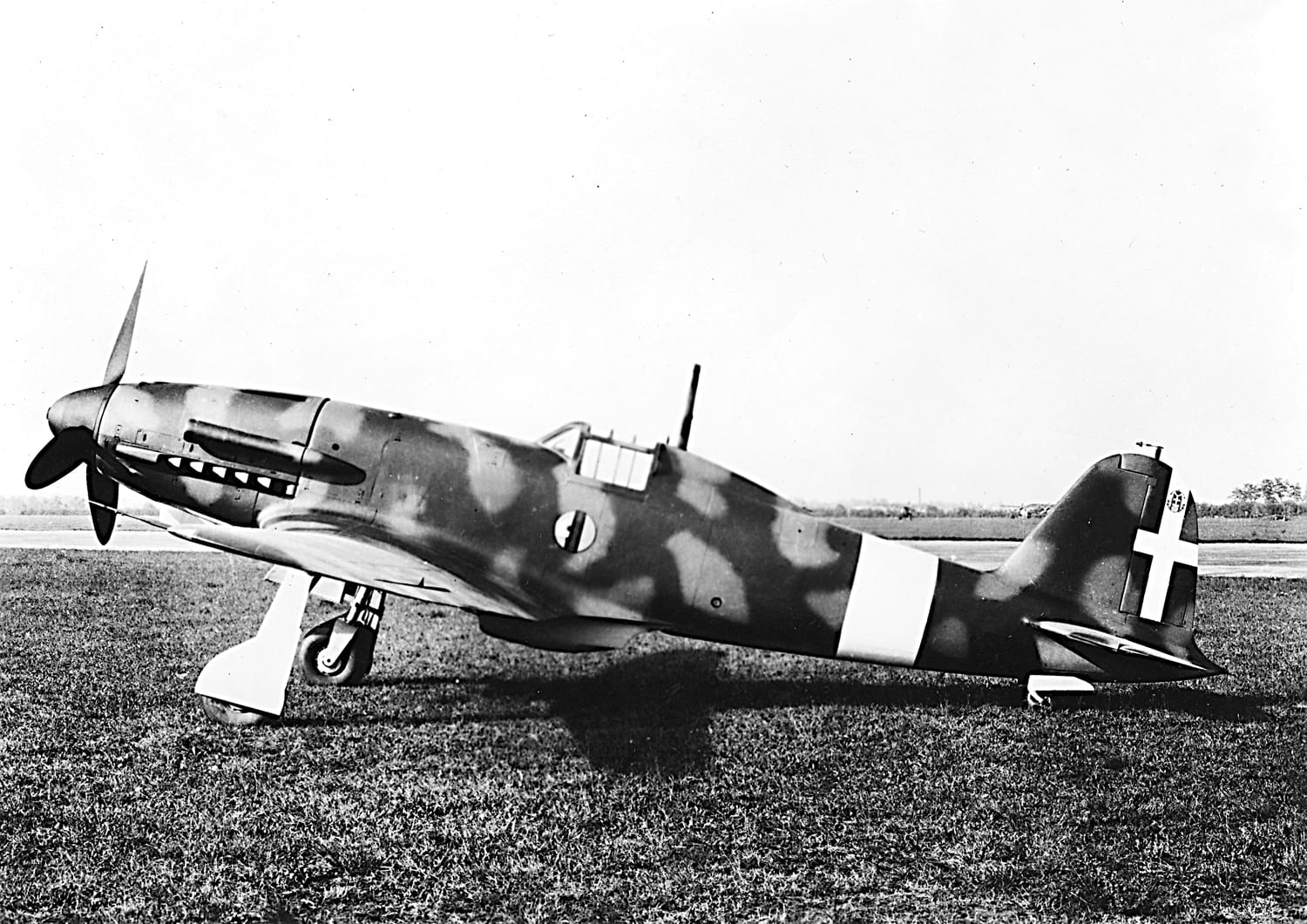
The third member of “series 5“ was a design from the house of Fiat, the G.55 Centauro (“centaur“). It was perhaps the best all-round aircraft of the three, although its maximum speed of 385 mph was the slowest.
By way of compensation this fighter had exciting flying qualities. The handling capabilities of this aircraft were just as fascinating as those of the German Focke-Wulf 190. The Focke-Wulf had perfectly harmonised flying controls and a generally outstanding degree of manoeuvrability, but it also had a single weakness. If a pilot pulled too hard in too tight a turn the aircraft would stall and flick out of the turn to tip over onto the opposite wing without the slightest warning. This inevitably would send the aircraft into a spin, unless the pilot reacted instantaneously with skilful use of the controls to recover. In contrast with which the otherwise considerably harsher, less well-balanced, rather temperamental Messerschmitt Bf 109 would simply buffet if the pilot pulled too hard, and its leading edge slats would open automatically. Unlike the 190, not much else happened. For precisely that reason the Focke-Wulf was considerably inferior in manoeuvrability to a Spitfire or a Mustang, too, when it came to turning performance in pure level flight—and only in that respect—since the German pilot should be wary of replicating the tight turn of his opponent. But that was exactly what he had to do in order to escape, otherwise the latter would easily be able to outturn him, unless the German pilot went into a climb or a dive. In spite of all its indisputable advantages this was a dangerous shortcoming of the fighter.
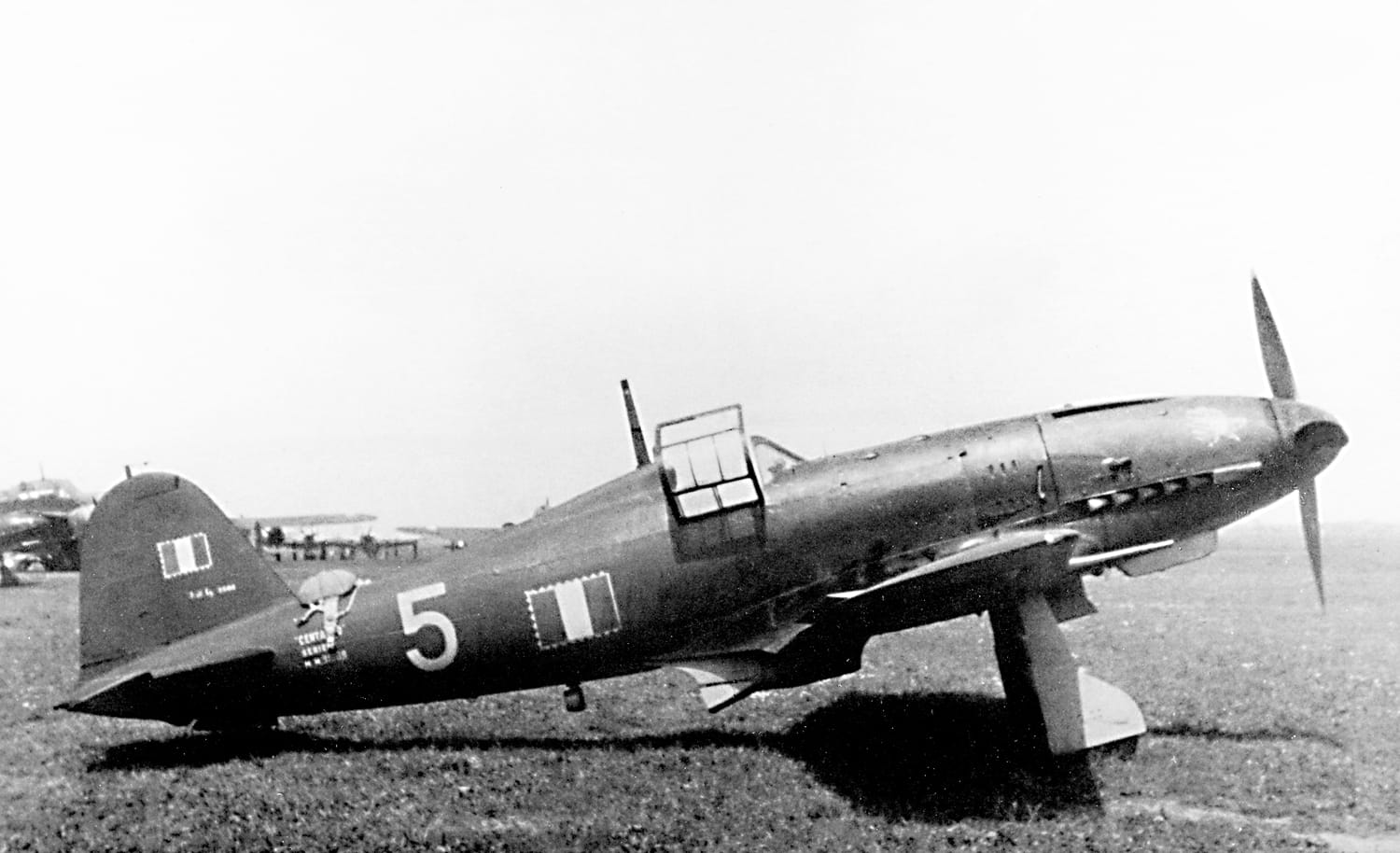
It was a weakness the Fiat G.55 Centauro did not afford to have. In February 1943 the German Reich Ministry of Aviation took a closer interest in the new Italian fighter aircraft and organised wide-ranging tests in Guidonia, Italy, in the presence of German aircraft constructors, technicians and Luftwaffe officers. Flight comparison tests were carried out including simulated air combat between the Italian models and a German Focke-Wulf 190 A-5 and a Messerschmitt Bf 109 G-4.
The results were totally unexpected. The fact that the typical Italian models were competitive at low altitudes surprised nobody. At the higher altitudes the Macchi C.205 was a non-starter, unlike the Reggiane Re.2005, which also impressed at altitude. What surprised the German test commission was the performance of the Fiat G.55, which was seen to its best at the higher altitudes, although lower down it was less competitive; however, that was evidently not evaluated in a negative light.
The Centauro was therefore a worthy rival to its German counterparts even at high altitude. It was simultaneously agile, a fantastic aircraft to fly and was also well-armed. Like the Reggiane Re.2005 the Fiat G.55 was equipped with two 12.7 mm Breda SAFAT machine guns above the twelve cylinder German Daimler Benz 1,475 bhp (1,085 kW) DB 605 A-1 engine (manufactured under licence by Fiat as RA.1050 R.C.58 Tifone). Furthermore the fighter was also equipped with three MG 151/20 cannon, one of which fired through the propeller hub whilst the other two were installed in the wings.
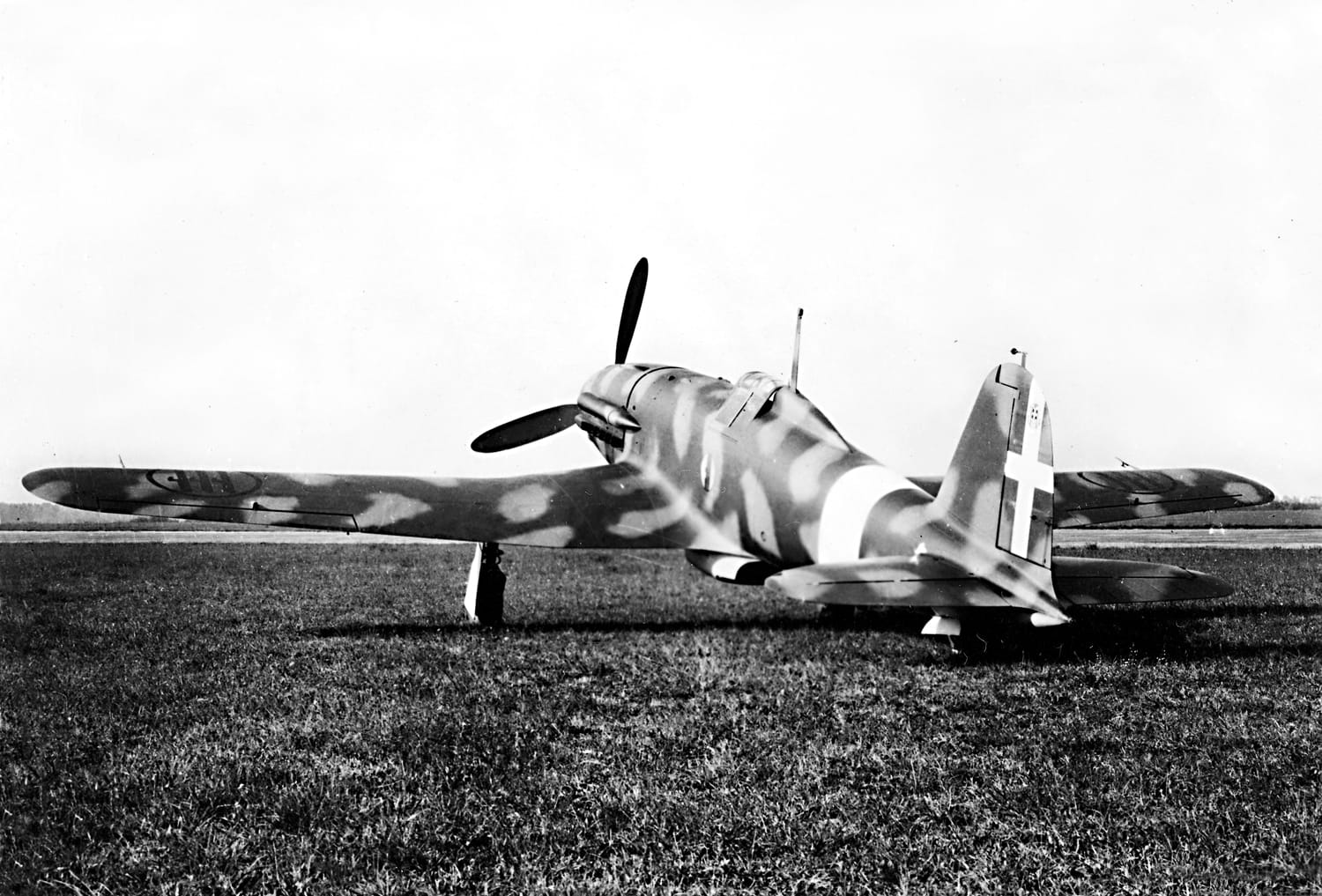
However, the German fighter pilots themselves were not so impressed with the Centauro as the commission. In the Group HQ war diary of JG 77 an entry on 27th May 1944 stated: “Display in front of the Air Fleet… Macchi against fighters—a good aircraft; Fiat G. 55—a tired kite. Nevertheless, they scrapped the Macchi and they kept producing the G.55!“
At the same time it should be pointed out in respect of the table below that the test flights took place in the year 1943 and involved the German Focke-Wulf 190 A-5 and Messerschmitt Bf 109 G-4 variants. The former had a maximum speed of 423 mph and the latter 406 mph, in each case only briefly with the emergency performance boost, so that in this respect, too, there was nothing to choose between the maximum speed of the Fiat G.55—385 mph—and the 383 mph of the Me 109 without the GM-1 injection. However, the allied opponents and axis competitors listed in the table are relevant for the subsequent deployment of the Centauro in the Aeronautica Nazionale Repubblicana (ANR) in the years 1944 and 1945, and were therefore chosen to allow a comparison of their flight performance.
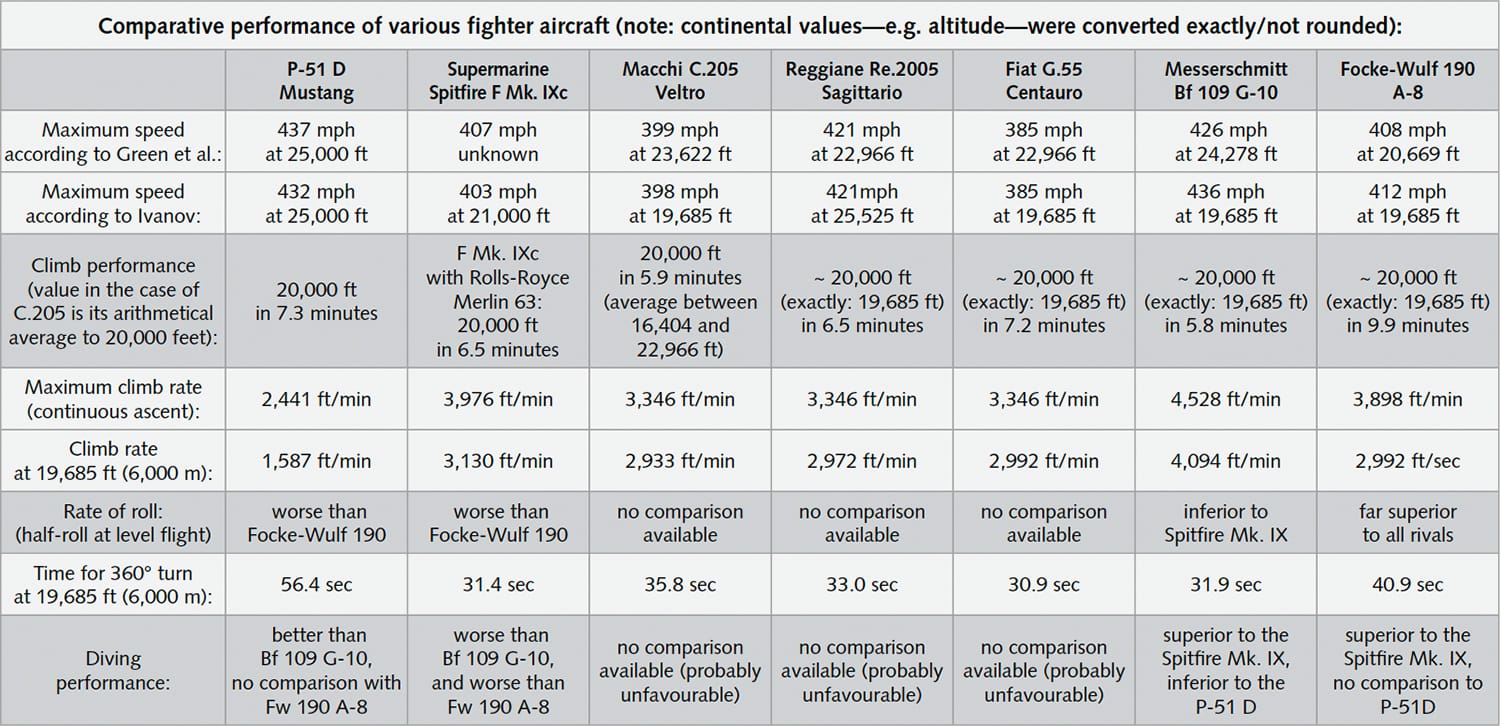
Italian fighters:



Ebenfalls interessant…

The final kill of the ace of aces, Erich Hartmann, the most successful fighter pilot of all time
Dangerous encounter in the airIn March 1945 a Russian bombing attack on Prague was reported. Hartmann took off with four Me 109s. A Russian formation…
Weiterlesen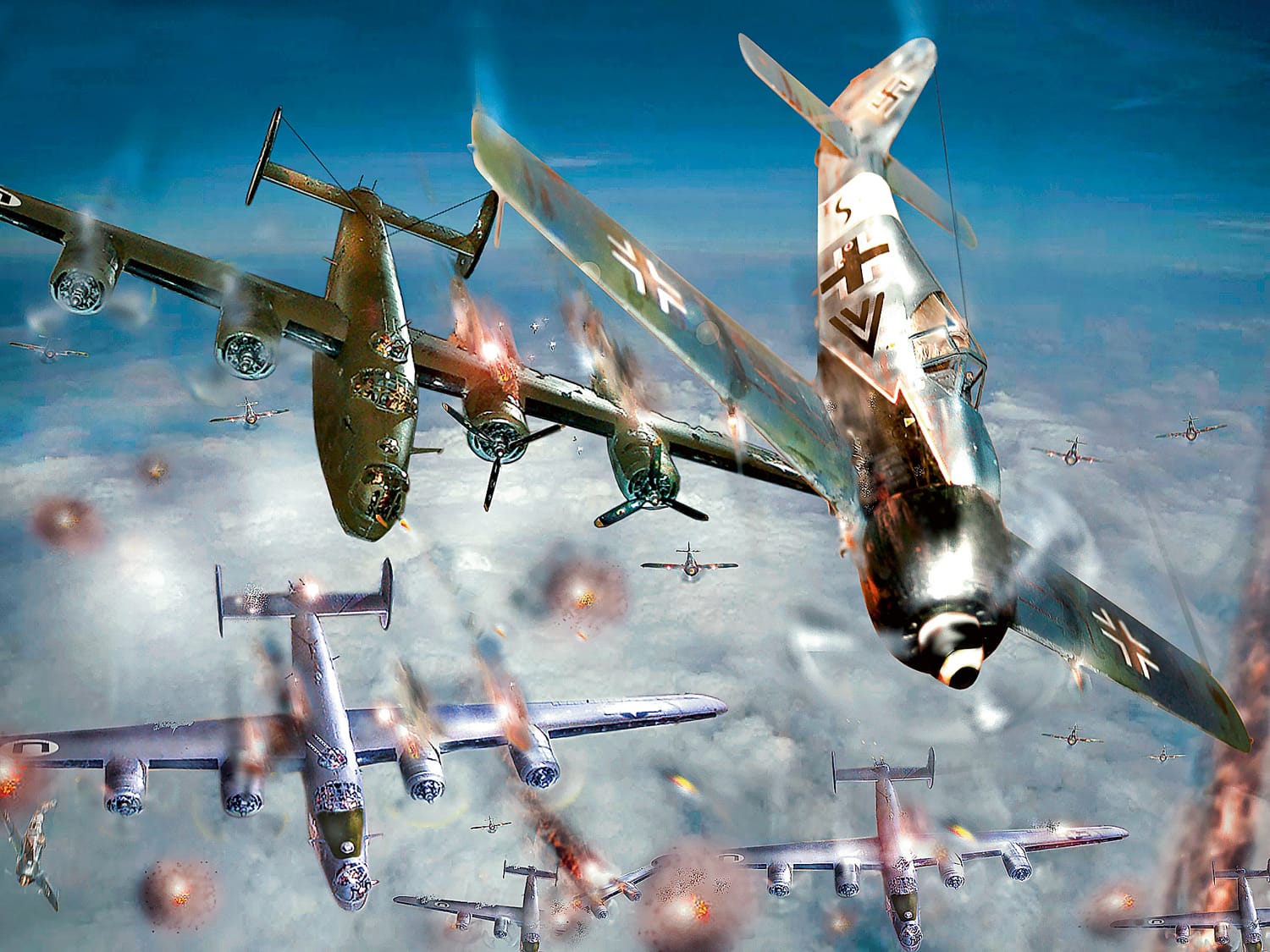
Sturmjäger – cuirassiers of the air
Air battle over Germany: the attack on hydrogenation plants and aircraft factoriesIn the early hours of the morning of 7th July 1944 756 B-17 Flying…
Weiterlesen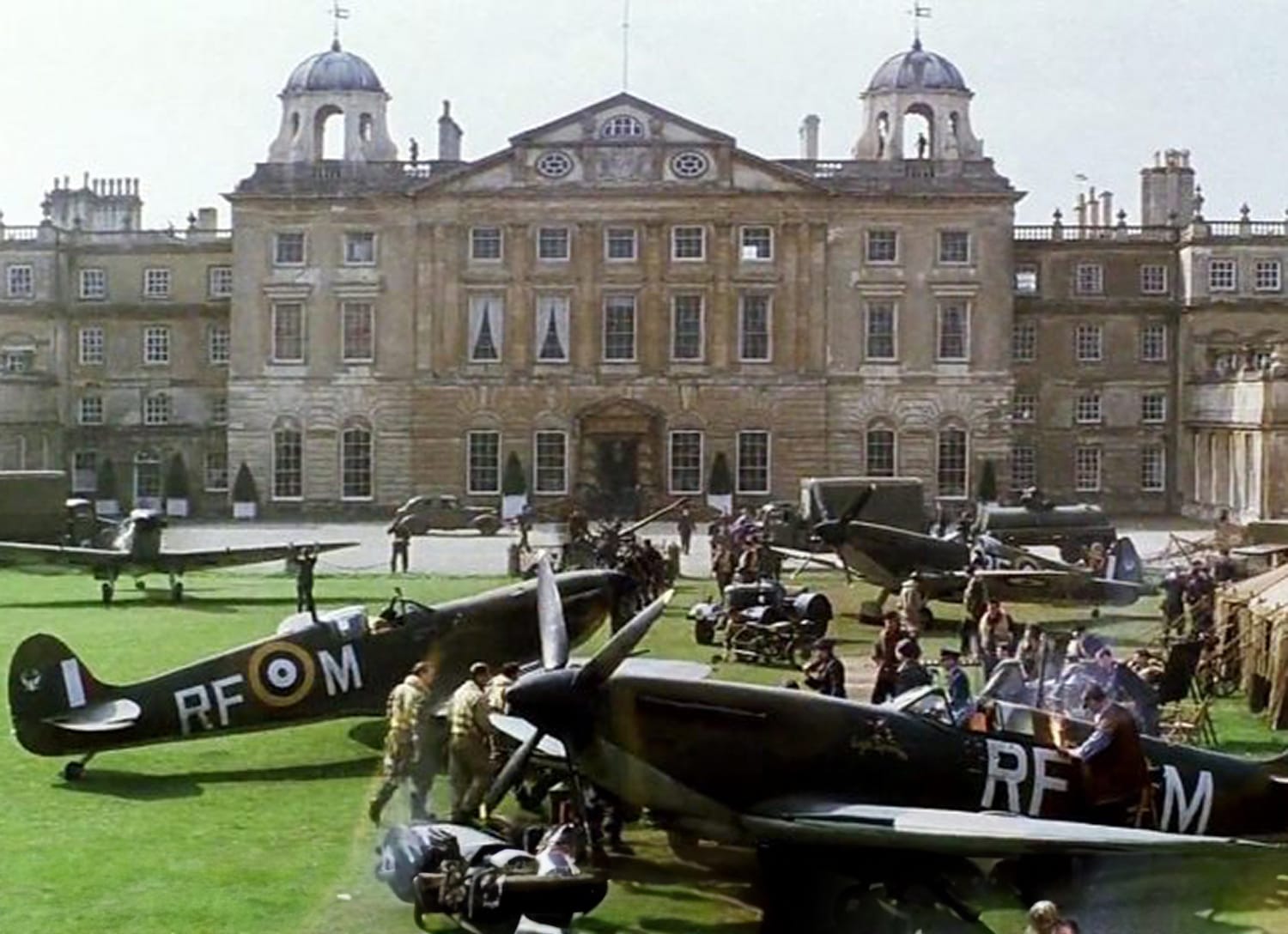
That’s how historic air battles get botched by Hollywood
Time and again the ignorance and nonchalance with which even highly renowned directors simply ignore historic details is fascinating. They do this in spite of…
Weiterlesen